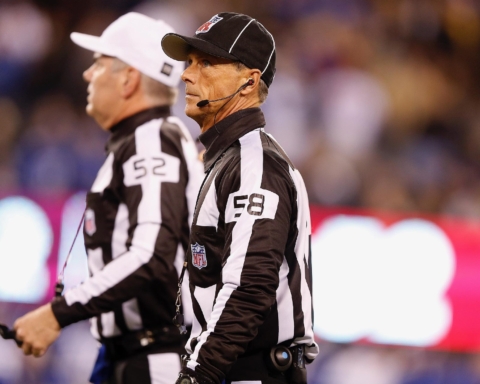This week, more than a thousand women in advertising met in New York City for the sixth annual 3% Conference. Perhaps a meeting of illustrious women seems innocuous enough — many professions have specific conferences for feminine empowerment.
The 3% Movement (and the conference it spearheads) refers to a startling statistic: a 2008 study by a University of Texas at Austin graduate student showed that only 3.6 percent of creative directors in the advertising world were women. Similarly, only 9.6 percent of art directors and 11.6 percent of copywriters were women.
The numbers have improved in recent years, in part thanks to the 3% Movement. As of 2013, women represented 11.5 percent of creative directors in the country. That’s not enough.
In perspective, women control 70 to 80 percent of purchasing power in the U.S., according to Forbes. They’re the strongest and most consistent buyers; they make decisions for their households, yet their interests are underrepresented within the media that pushes products.
It’s a culture of neglect toward women that repeats itself in upper-level roles across media industries.
For example, according to a study conducted in Great Britain last year, women hold only 33 percent of managerial roles in the music industry.
The same holds true in the movie industry, where women accounted for only 4 percent of directors in the 100 top-grossing films of 2016, according to the Center for the Study of Women in Television and Film. They made up a larger number of producers — a whopping 19 percent.
These numbers are staggering in that they are so astoundingly low. Women are overwhelmingly consumers of popular culture — where is their representation?
Without much upper-level representation in media, is it any surprise that women too often are shaped into believing they, as whole beings, aren’t enough?
This isn’t a condemnation of men; there are certainly men in these industries willing to stand up for women. But there are also Harvey Weinsteins, and plenty of them.
To solve a problem, it must first be diagnosed. It’s true that women don’t represent a large enough scope of media management: a group of people that account for more than 50 percent of the population don’t crest higher than representing 33 percent of management in three of the largest cultural industries.
We, as women, can’t let these numbers bog us down. We know the issue — now let’s work toward furthering our own representation.





